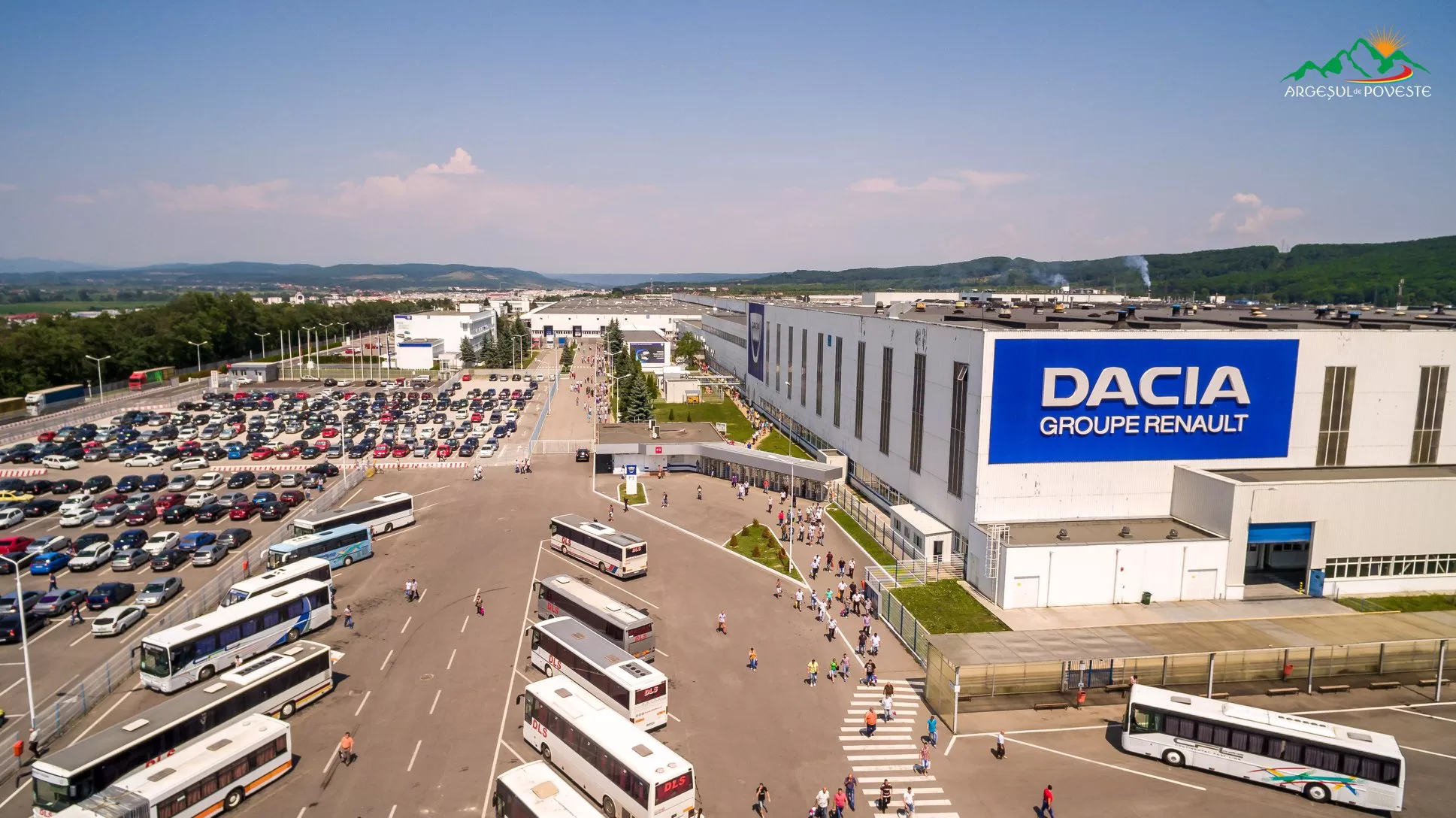Indeed, the year 2024 was a record setting year for the automotive industry in Romania, as new vehicle output surpassed 560,000 units. This increased production demonstrated that Romania played an aggressive role in the global market supply chain and remains a very solid promoter of the sustainability of the automotive industry during crises. As it will be seen in this article, there are several factors that led to this success: the economic effects on the locality and the well-being of the employees.
Table of Contents
Record High in Car Manufacturing in Romania

At the time when this paper was being written, in 2024, Romania assembled 560 102 cars within the Dacia plants in Mioveni and Ford Otosan in Craiova. This constitutes an increase of the national production by 9.17% compared to the level achieved in 2023 and highlights Romania’s development as an automotive producer. These statistics serve as proof to this nation’s constant drive to set up equipment, to innovate, and most importantly, to work and become efficient.
Dacia’s Mioveni Plant and Ford’s Craiova Plant: The three primary kingpins of Romanian Car Making
Contribution to this record output was the Mioveni plant of Dacia, which manufactured 309,432 cars in 2024. Just as remarkable, at its Craiova plant, the production volume reached 250,670 vehicles, which demonstrates the company’s commitment to excellence. The fact that these vehicles are successfully produced at both plants is helpful for Romania’s economy and strengthens the image of the country as a reliable producer of the highest quality automobiles.
The figures of the production in the months of November and December have been highlighted below.
The actual annual production figures for November and December 2024 are also highlighted in the report of the Romanian Automobile Manufacturers Association, or ACAROM. In November, the automobile industry manufactured 51,906 new cars, which is 2.05% lower as compared with November 2023. However, in December they built 41,358 cars, which is 2.05 percent more than in December of 2023. Such fluctuations show the volatility in the production rate of automobiles that changes on the basis of some factors that include seasons of the year or the fluctuations in the global market.
The Economic Impact and Local Work Force Effect
The unprecedented auto production creates the growing economic contribution of Romania’s automotive industry. Huge demands for automobiles lead to employment opportunities that provide job security for the people of that region. In addition to this, the automotive industry being a growing industry helps in attracting foreign investment; it enhances the infrastructural growth and development of Romania and the general welfare of the country.
Possible Scenarios for the Romanian Automotive Industry
Taking into account the current trends as well as the unprecedented rate of development of the automotive market, the further prospects of the Romanian industry do not look so dismal.
As the global market for automobiles expands, thus the appropriate position and organization of creating effective car production lines, the country becomes the most desirable place to invest in. In combination with such ongoing expenses in research and development, it could be for sure that Romania is entering a new level in the automotive industry.
Conclusion
It is therefore gratifying to see that Romania managed to manufacture over 560,000 cars by the year 2024 through the effort of automotive industry staff and workers. It is thus evident that this outstanding record-breaking production unequivocally defines Romania as a market force of the international world, while it also serves as an illustration to the world that Romania is a country whose stocks in not only sustainable development but also progressive evolution have been amply placed in the global market.
Despite the above-provided information, the automotive industry will continue changing from one phase to another according to emerging challenges, and Romania is right to put itself strategically into position for a significant transformation of the industry in the future.



